Drawn by Nature: Citizen science helps counter climate anxiety
Volunteers fill data gaps, help with vital programs

As mild as this mostly snowless winter has been by Minnesota standards, I’m finding it difficult to fully enjoy it. I wonder about droughts, fires, and the impact on crops and wildlife. It feels like another example of the planet’s increasingly extreme weather swings.
My husband and I have felt panic on a vacation to see northern California’s redwoods only to be stranded without groceries or gas when Pacific Gas and Electric shut off power for more than a million customers. With dry conditions and wicked winds, the company wanted to avoid a repeat of the fatal Camp Fire in Paradise.
Last year we had warnings to stay indoors when distant wildfire smoke smudged our skies and blocked the sun. It was nothing compared to August when we grieved for Maui as a fire storm decimated Lahaina. We had visited there only six months earlier and enjoyed its beauty.
Numerous studies in the past five years, including one from Yale University and another survey of 10,000 students in 10 different counties, have shown repeatedly that people, especially students ages 16 to 25, are worried, distressed, and feeling powerless about global warming.
Climate anxiety has become a pervasive problem, one that can feel overwhelming, but solutions don’t have to rely solely on governments, industries, and green technologies.
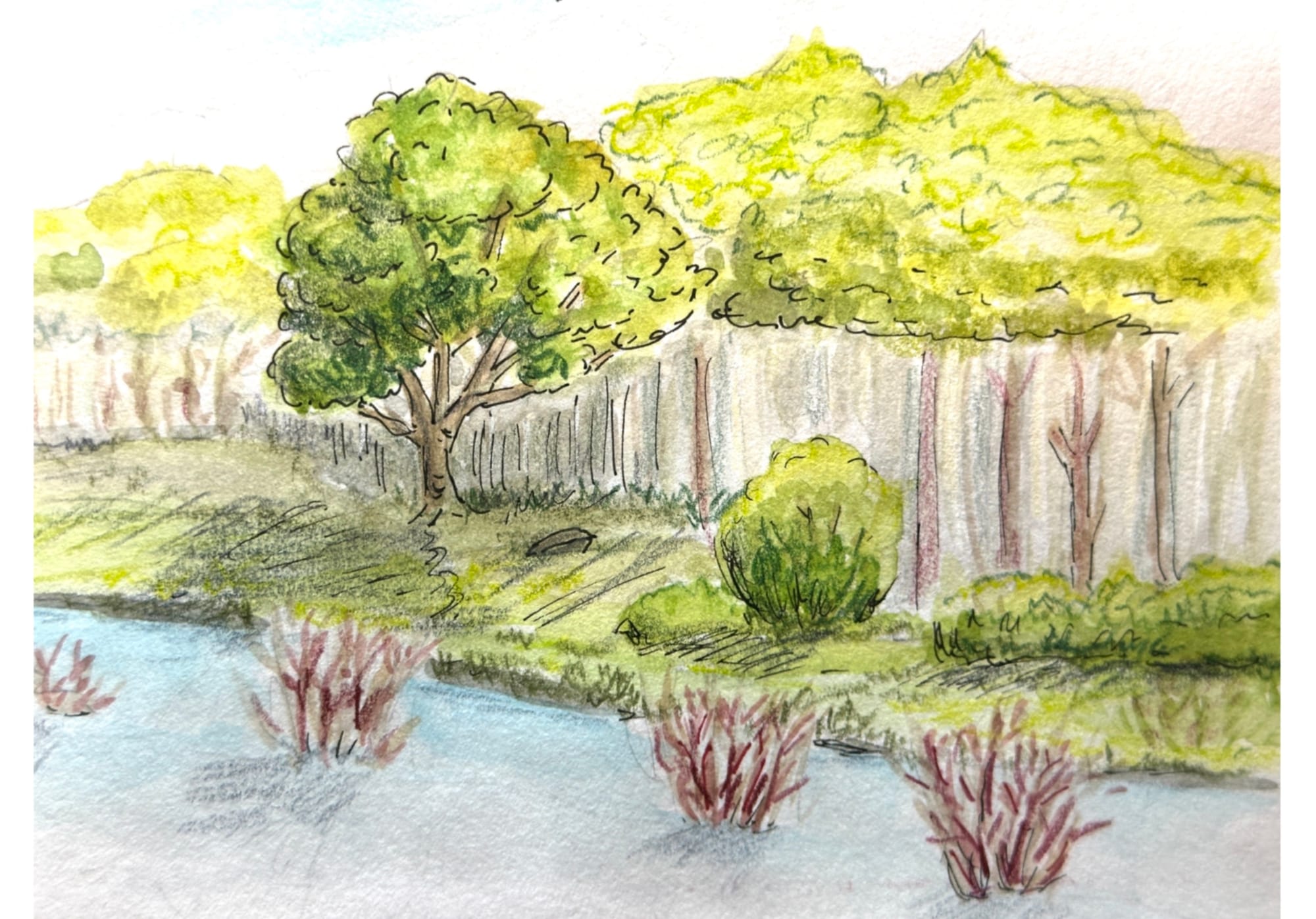
Apps make volunteering easier
With smartphone apps and the rise in citizen science projects, individual efforts can easily and quickly contribute to a greater good.
Backyard observations of precipitation, bird sightings, or when plants and trees bloom can assist with national projects on everything from tracking climate change and water quality to migration patterns and the comeback of pollinators.
Using the iNaturalist app, more than 1 million people last year uploaded photos and logged 40 million observations of 299,474 species. The database and fellow observers help find the correct identity of wildlife, birds, fungi, plants, insects, amphibians, reptiles, arachnids, mollusks, and more.
Through the app and its maps, researchers, and organizations can pinpoint areas rich in biodiversity, find areas impacted by invasive species, track how landscapes are changing, monitor endangered species, and track populations that are dwindling or relocating.
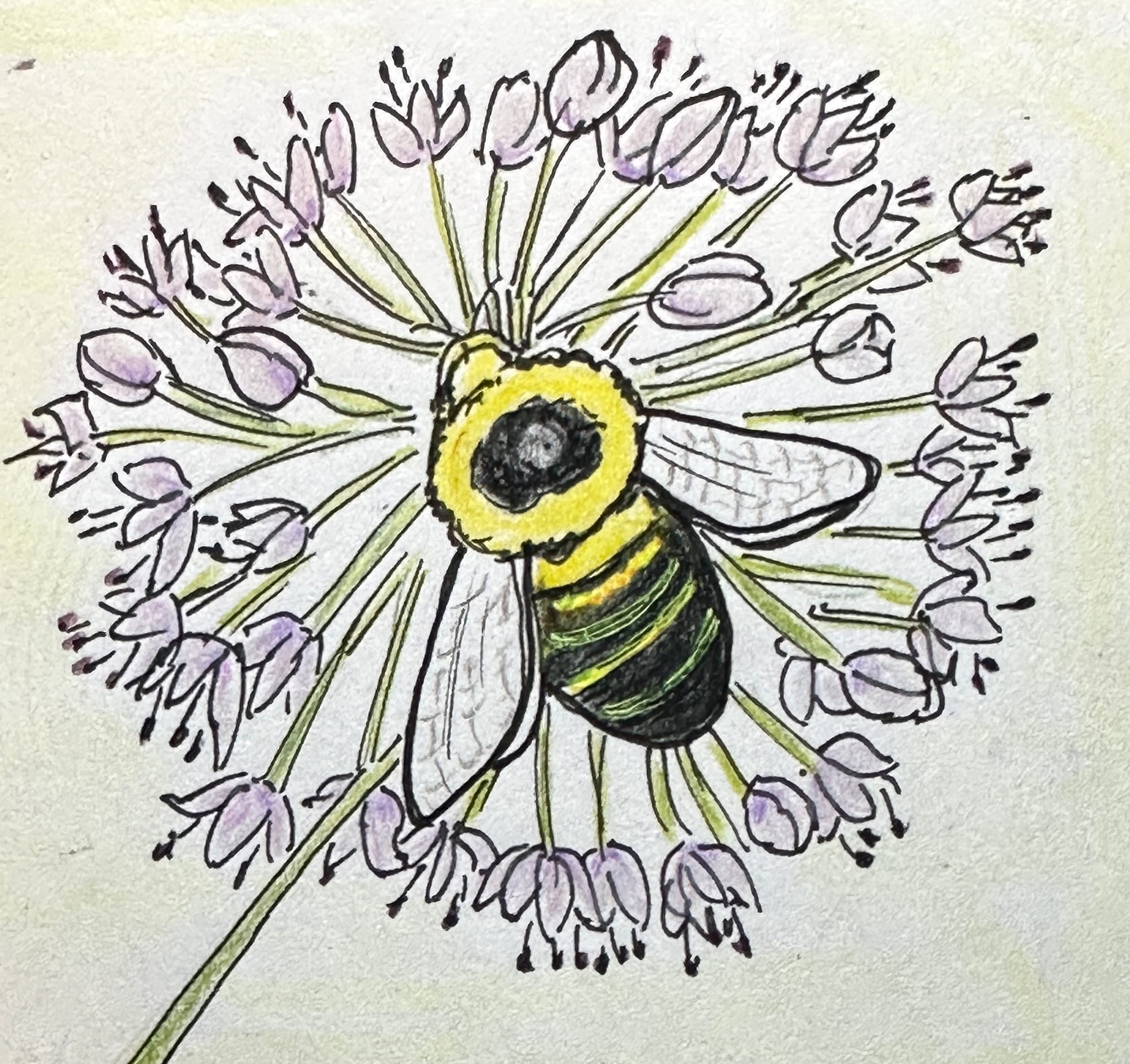
The app also lets users join local and regional efforts such as the Minnesota Bee Atlas and Central and Southeast Minnesota Scientific and Natural Areas, along with species specific projects that study sightings of bats, otters, dragonflies, river clams, and more.
“[2023] was the biggest year we ever had,” said Carrie Seltzer, head of engagement at iNaturalist.
The program began in 2008 through the University of California, Berkeley, then joined the California Academy of Sciences and National Geographic society within the next 10 years. As of 2023, it’s an independent non-profit.
“There’s never been an effort like this in the world,” Seltzer said. “It’s a really powerful tool to see shifts in species.”
Contributing to these larger data-collection efforts can chip away at feelings of helplessness. It’s also well-documented by sources such as the Mayo Clinic that any volunteering – environmental or not – can boost both mental and physical health. Getting outdoors in nature escalates those benefits.
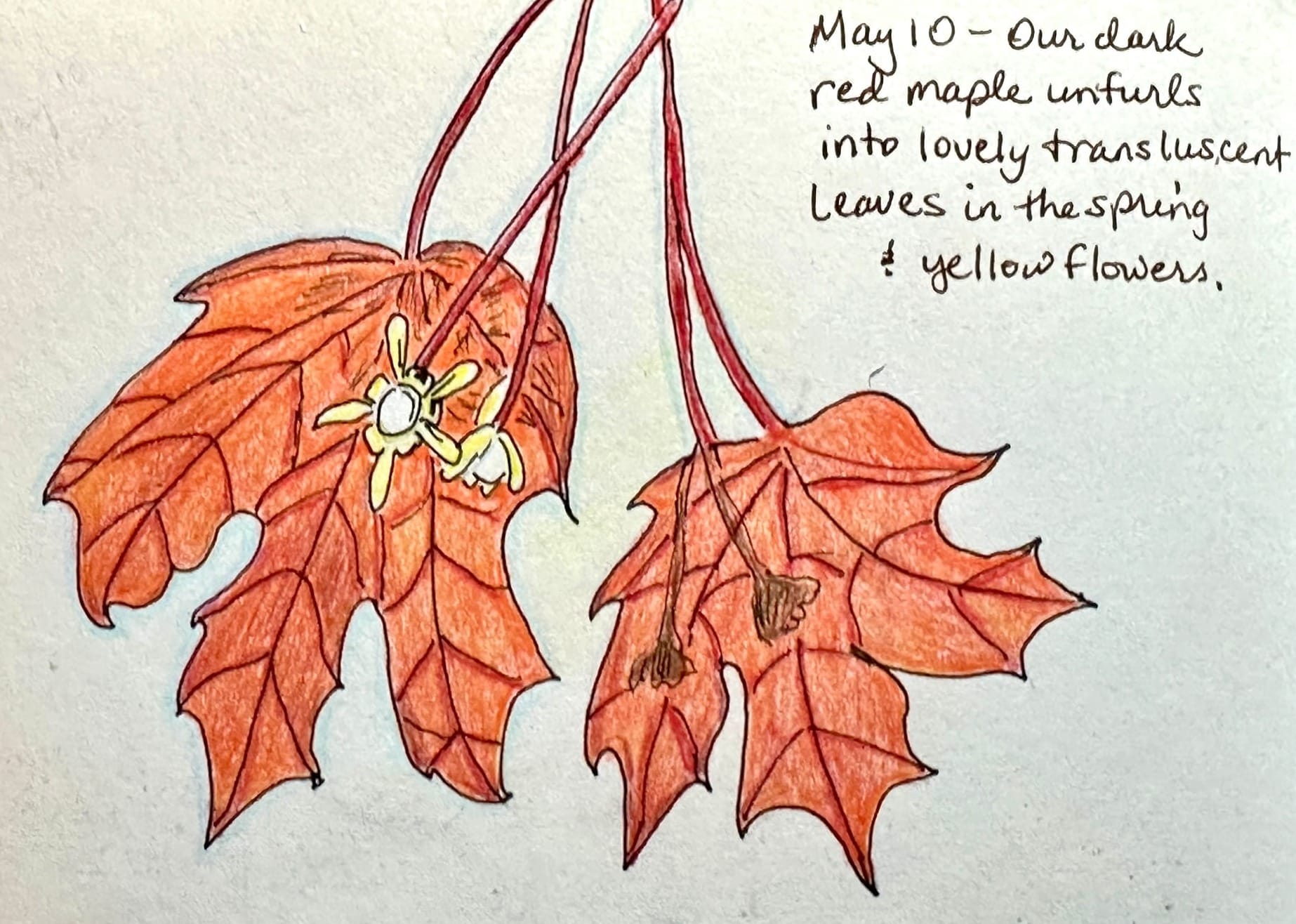
Volunteers fill vital roles
Spring provides an ideal time to volunteer as a citizen scientist. As the seasons change, plants emerge, wildlife returns, weather shifts, and days lengthen. Volunteering provides a purpose for heading outside and can offer science lessons to kids. More importantly, volunteers fill essential roles and provide vital information when operating budgets, grants, and staffing at regional, state, and national organizations cannot stretch far enough.
The Minnesota Department of Natural Resources (DNR) worked with more than 13,000 volunteers in 2022, but when that number is stretched across all corners of the state and through dozens of programs, they still need more help. Many volunteers who monitor lake levels, for example, are aging out. The data they provide is important for assessing droughts, water resources, and predicting flooding.
“We don’t have all of the lakes and rivers covered,” said Renée Hartwig, alumni and volunteer programs director with the Minnesota DNR. “Our biggest needs are in the farthest reaches of the state.”
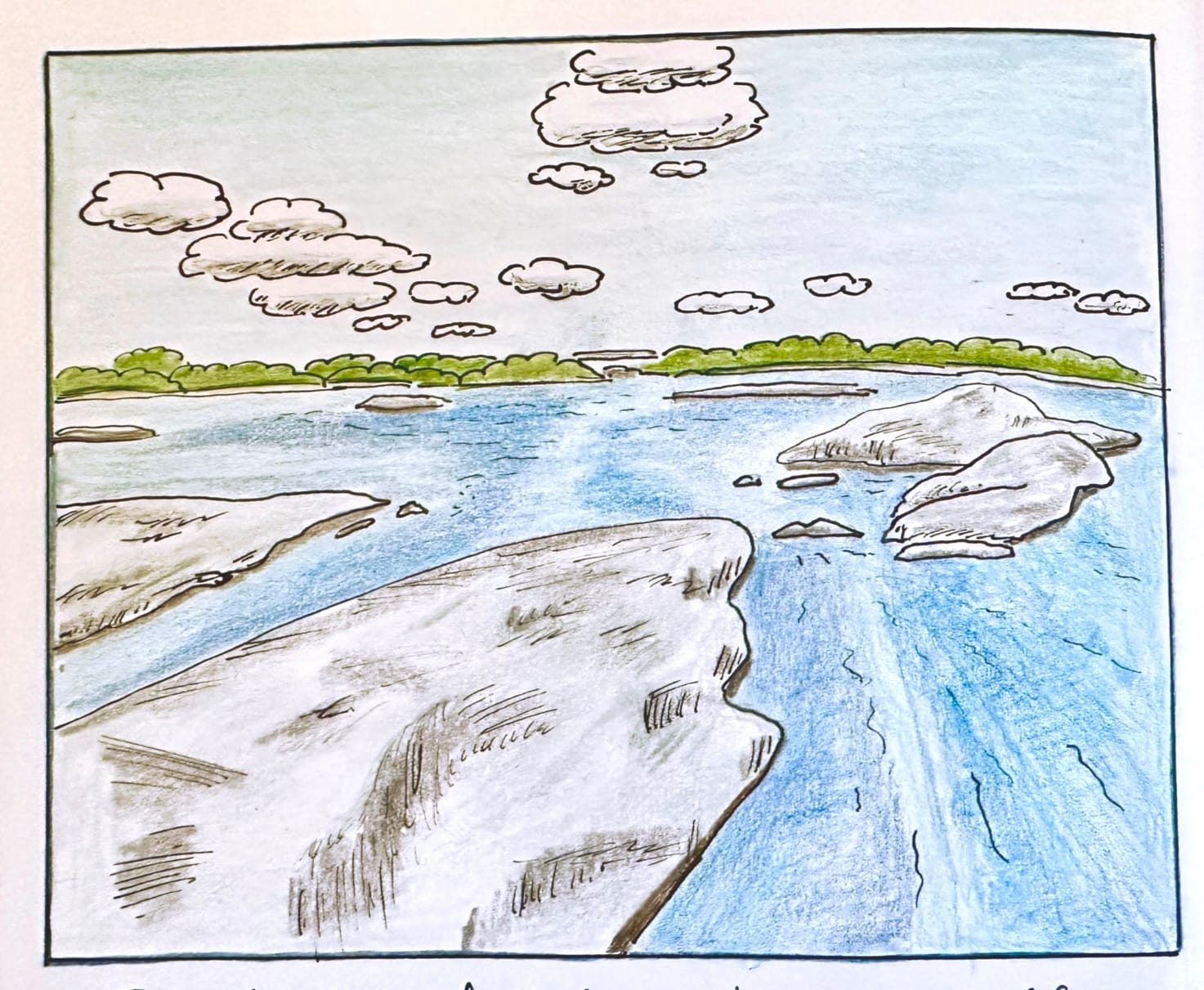
Other DNR volunteers offer to be campground hosts in remote areas; train youth and adults in ATV, snowmobile, and firearm safety; monitor loon populations; check for invasive species; teach school kids about birding and wildlife; and lead Becoming an Outdoors Woman or Becoming an Outdoors Family. Volunteer applications can be found here.
“The majority of volunteers are doing it because they believe in natural resources or have an area they want to have an impact on,” said Hartwig.
Here are some of the other ways you can make a difference
Weather observers
The Community Collaborative Rain, Hail and Snow Network seeks volunteers to log daily precipitation results using a four-inch-diameter high-capacity rain gauge. These numbers build a database used by weather forecasters, hydrologists, climatologists, engineers, researchers studying climate change, and more. More than 20,000 volunteers nationwide help forecasters issue warnings for potential flooding or severe weather and verify rainfall totals after big events. In Minnesota, the greatest need is for volunteers outside the metropolitan area. Applications are available here.
Water clarity volunteers
The Minnesota Pollution Control Agency (MPCA) relies on volunteers to track clarity of lakes and streams twice a month between May and September using a Secchi disk or tube. The 8-inch disk with quadrants in black and white is lowered into the water until it disappears. That measured depth helps track water transparency and what might be affecting it.
Lake monitors need access to a canoe, kayak, paddleboat, or rowboat to reach the depths required. Clarity, which can be affected by excess sediment or algae, can impact plant, insect, and fish communities. The MPCA also relies on citizens to report the formation of ice and when winter ice breaks up on lakes each year.
Boundary Waters Canoe Area contributions
If you’re planning a trip to the Boundary Waters Canoe Area, one of the state’s most beloved destinations, you can help the MPCA by picking up a water quality monitoring kit and taking just a few minutes to collect data on the trip. The kit can be returned with a postage-paid envelope.
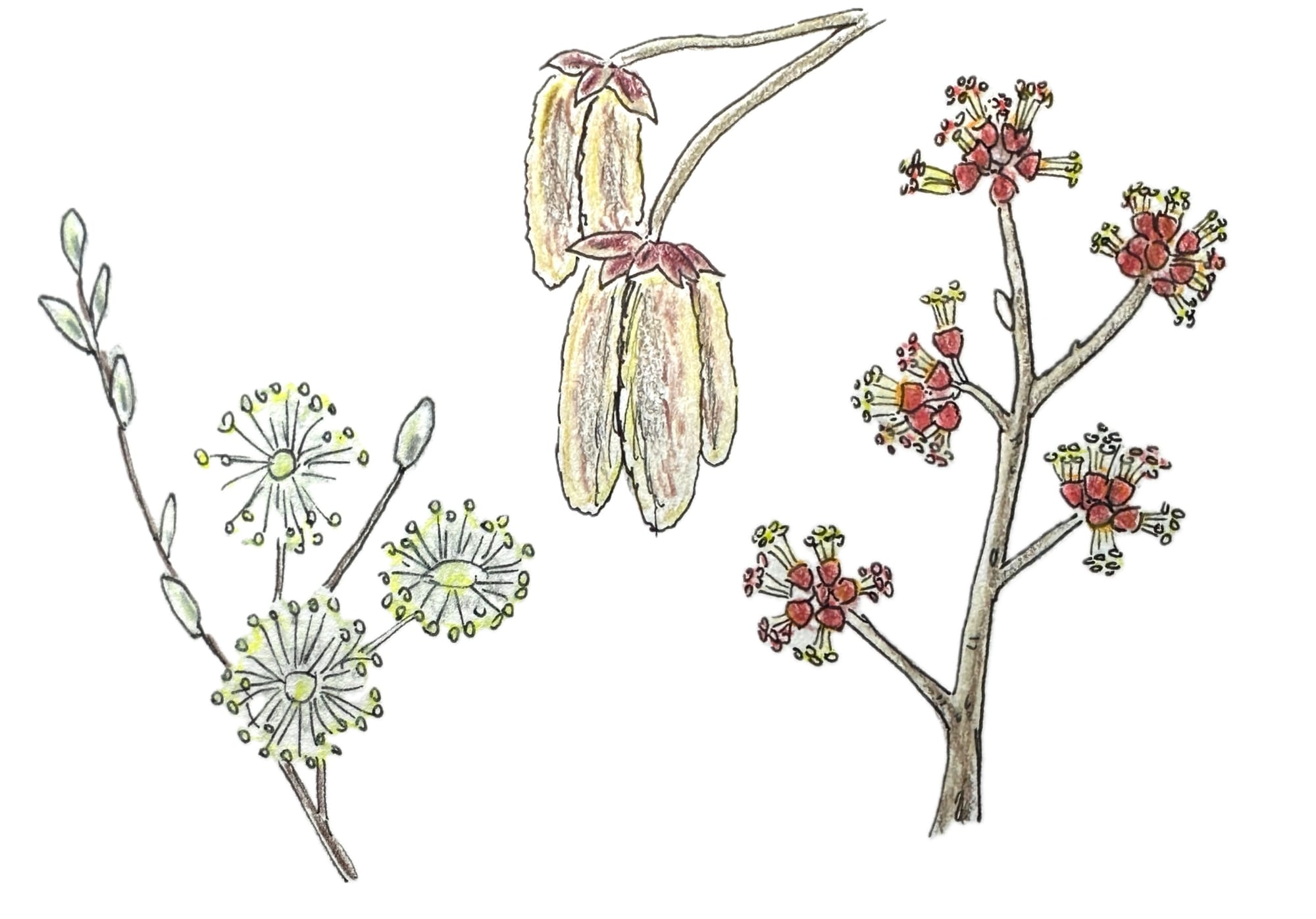
Nature’s Notebook
Phenology, the study of the timing of seasonal plant and animal life cycles, helps predict when specific birds are courting, fruit trees are blossoming, and when leaves will hit peak color in the fall.
The National Phenology Network relies on citizen scientists who watch and log activity near their homes. They track when lilacs bloom, when pine trees set their pollen and cones ripen, when birds are collecting nest materials and fledglings are first seen, when mayflies emerge, and what squirrels or wild turkeys are doing and how many are seen throughout the season.
You can find details online or through the Nature’s Notebook app, which set a goal of 4 million phenology records this year. National partners include the National Park Service, U.S. Fish and Wildlife Service, and the U.S. Forest Service.
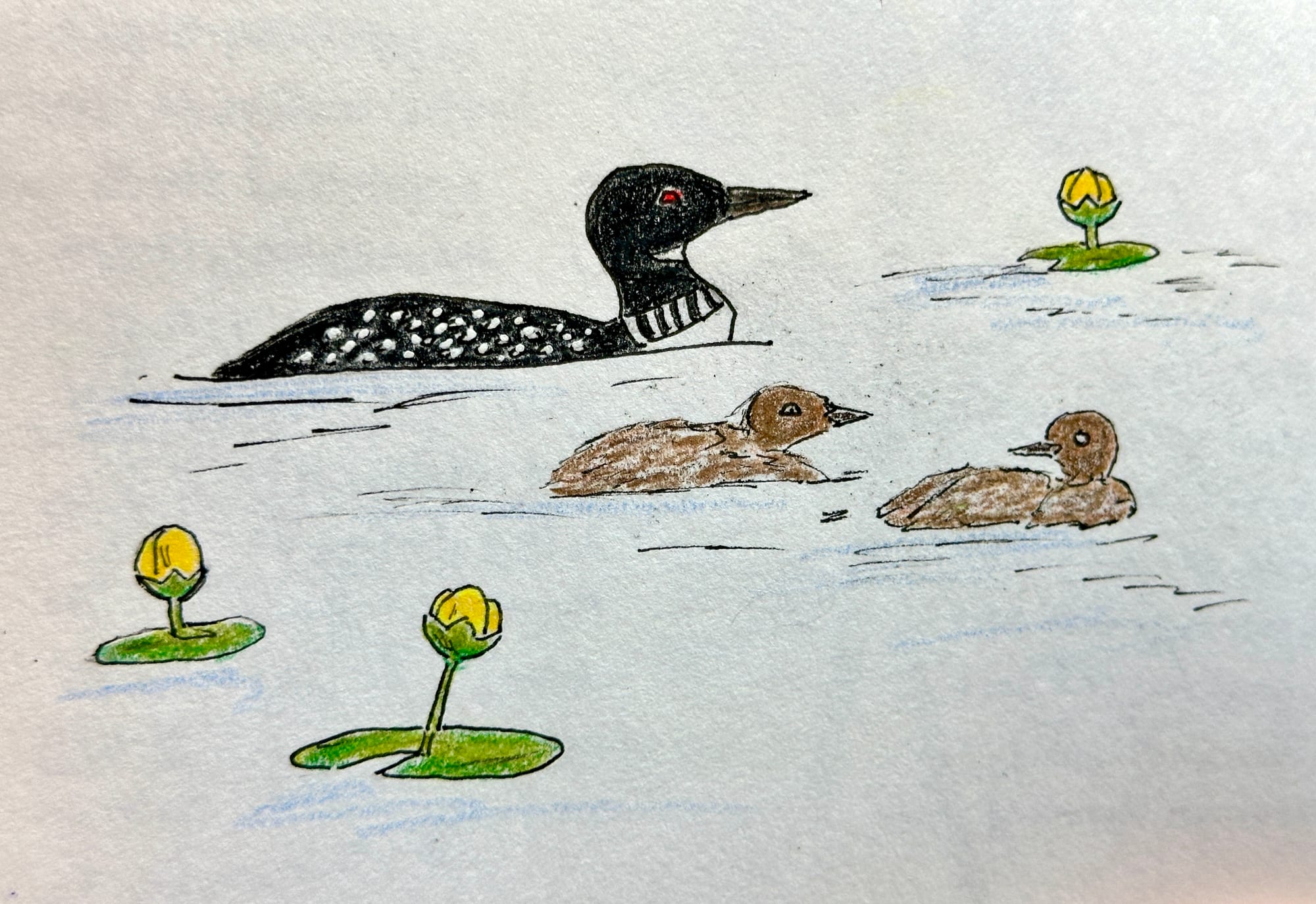
Watch for birds
The Cornell Lab of Ornithology uses several citizen science programs to study birds, including eBird, an app which collects and helps identify photos, audio clips, and information on bird sightings much like iNaturalist. Project FeederWatch has residents watch feeders from November through April or volunteers can join once-a-year counts, including the Great Backyard Bird Count, Global Big Days, and Christmas Bird Count, which has been ongoing for more than a century through the Audubon Society.
Mitigating climate change in Minnesota ecosystems, as with any massive undertaking, can progress only when more voices, observers, and helping hands join the effort.
Who's behind this column?
St. Cloud-based Lisa Meyers McClintick has been an award-winning journalist and photographer for more than 30 years. A lifelong nature nerd, she joined the Minnesota Master Naturalist program in 2021.
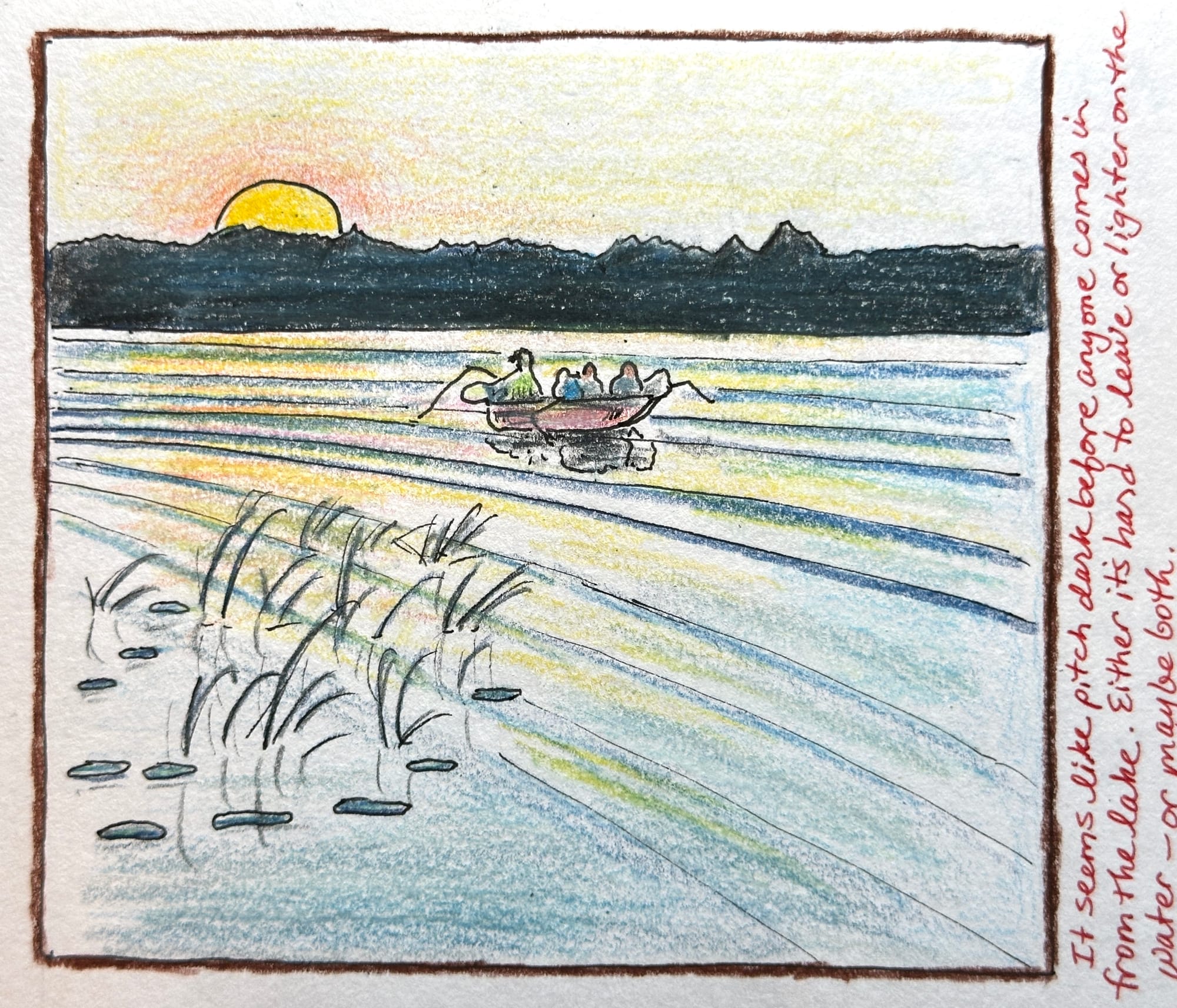
This piece is part of our Biophilia series about nature and design. It's supported by a grant from Arts Midwest. Learn more here.
